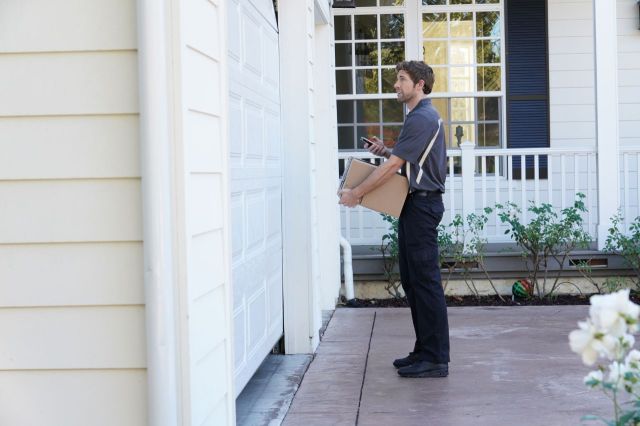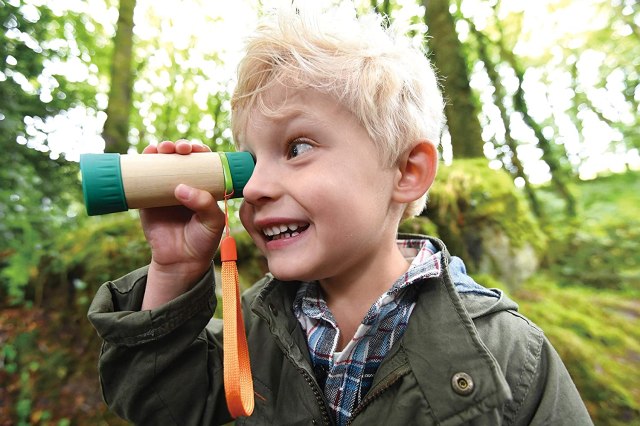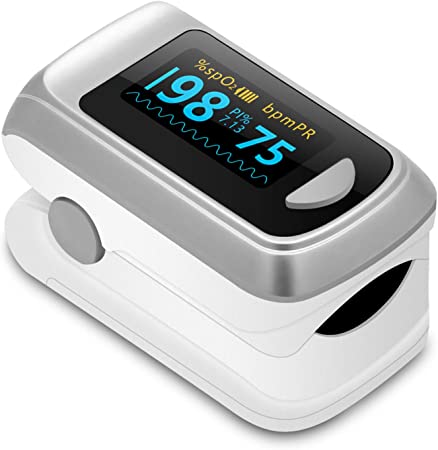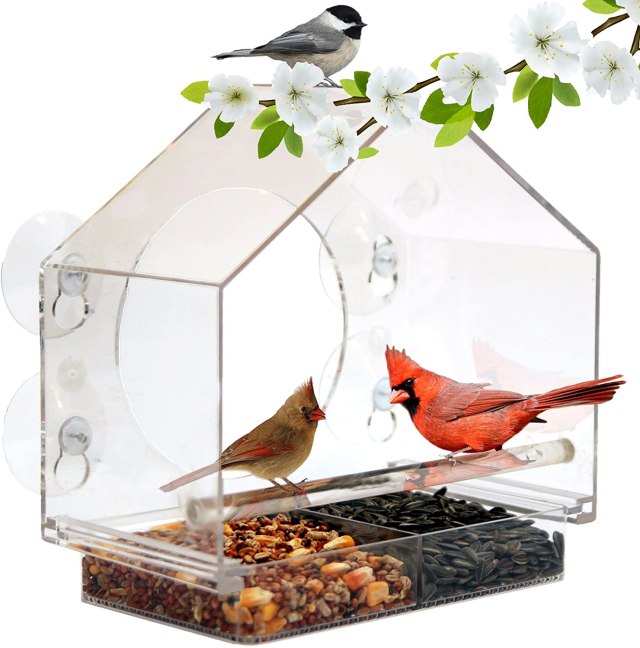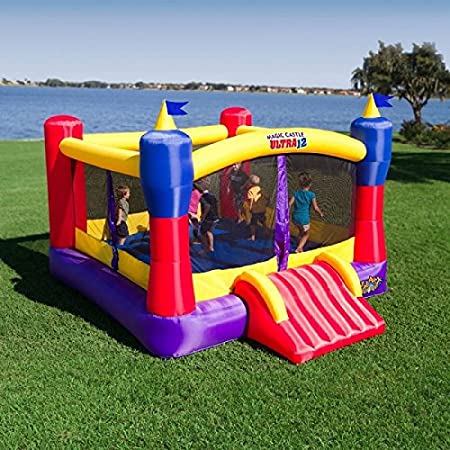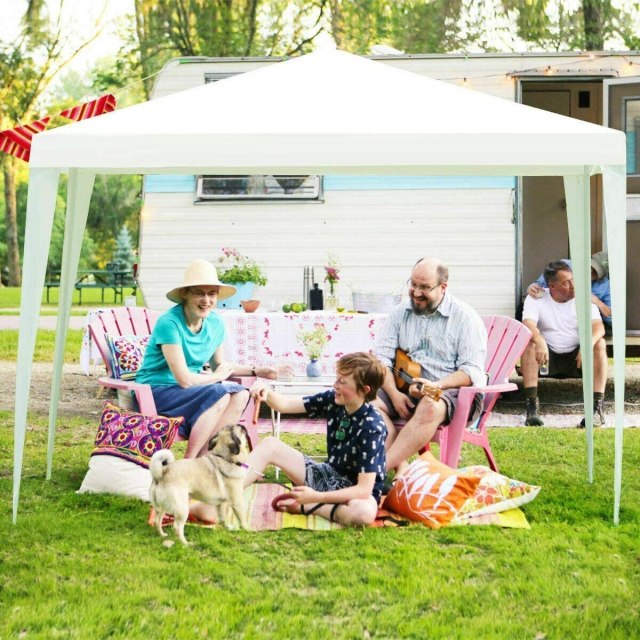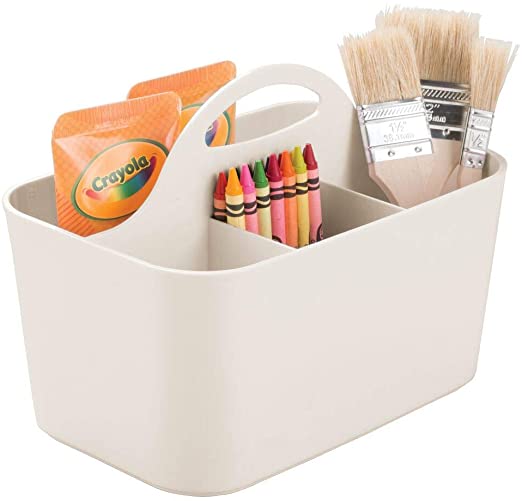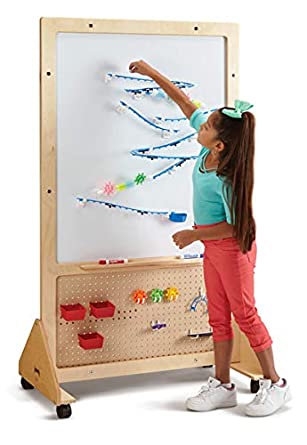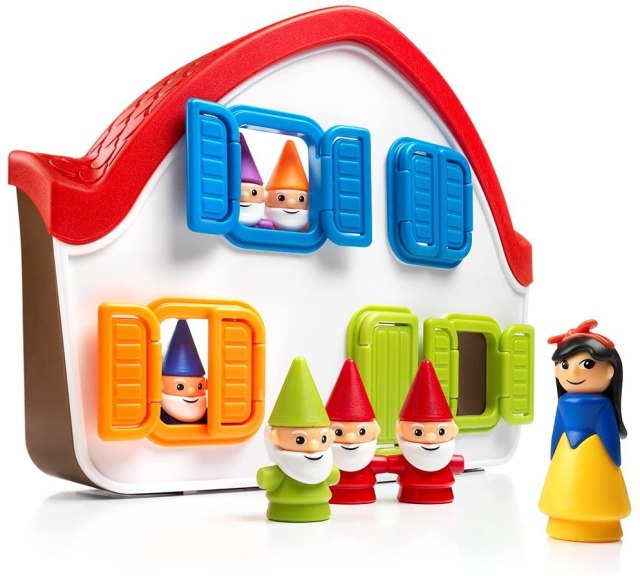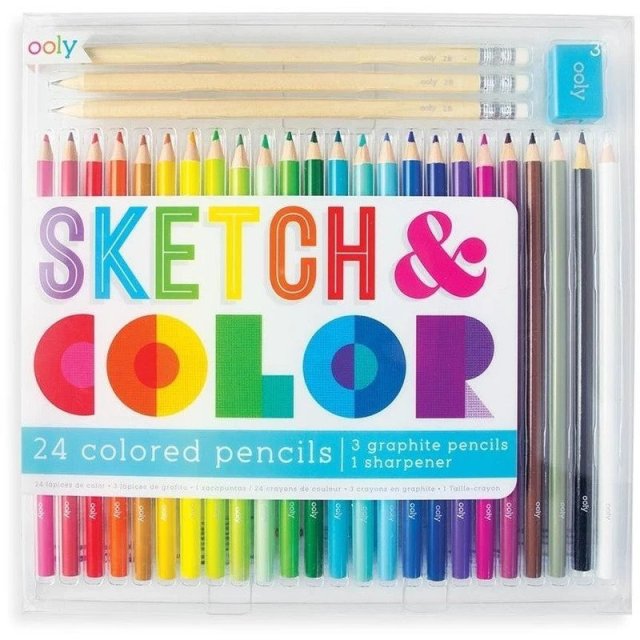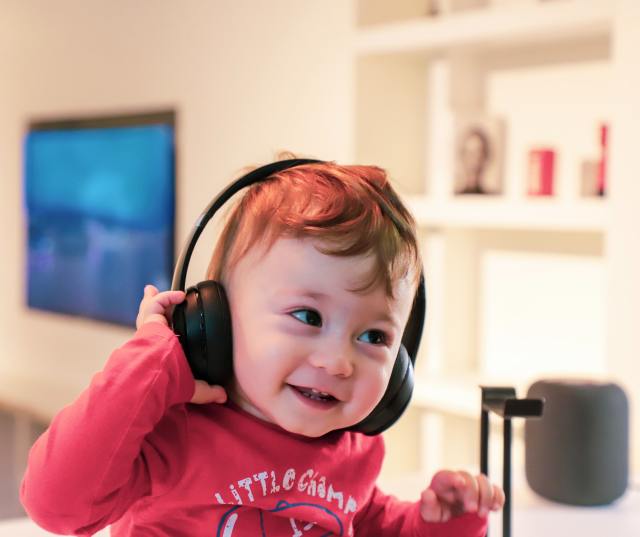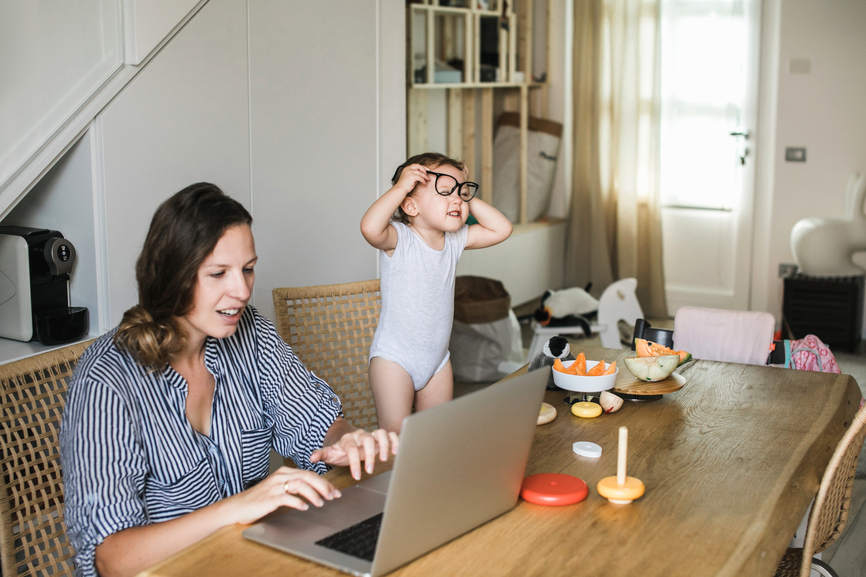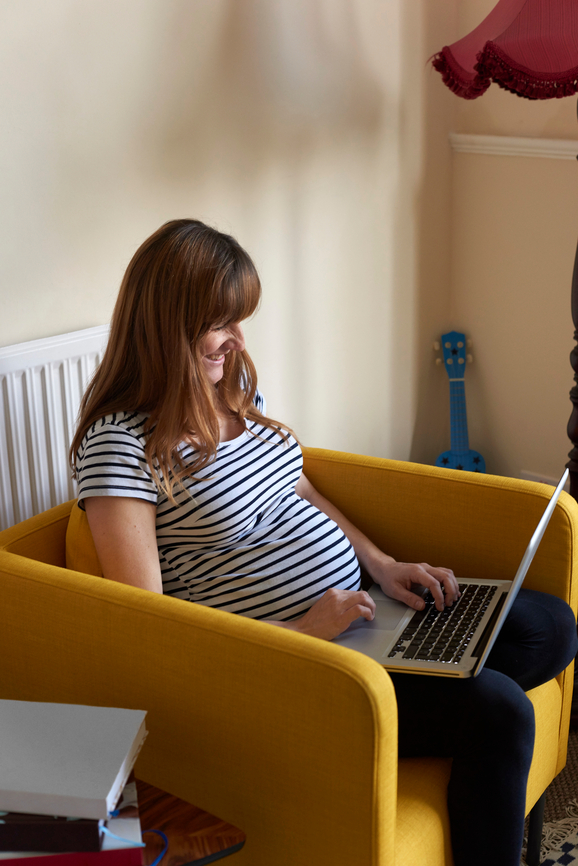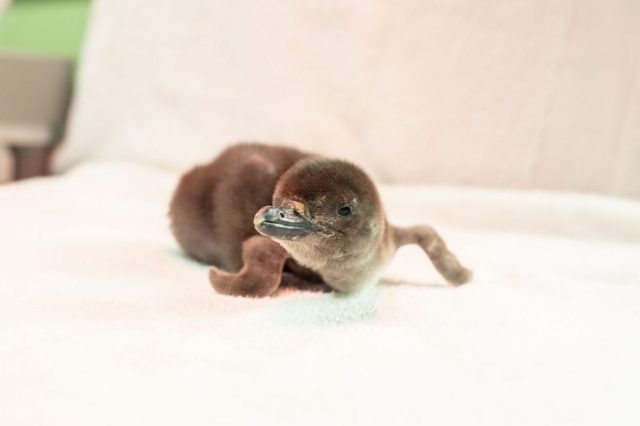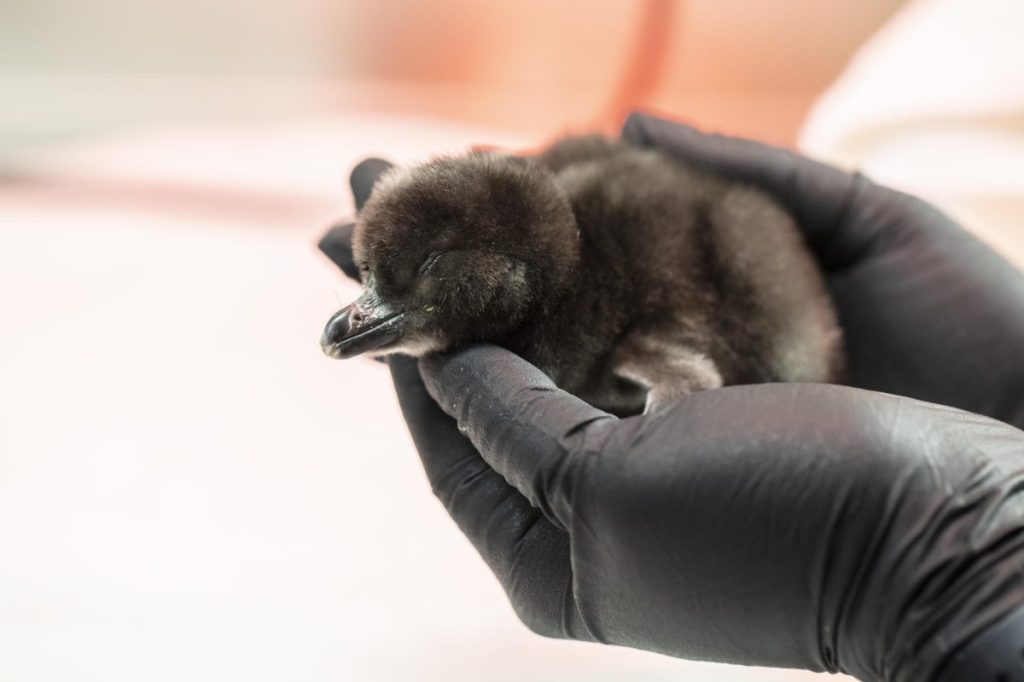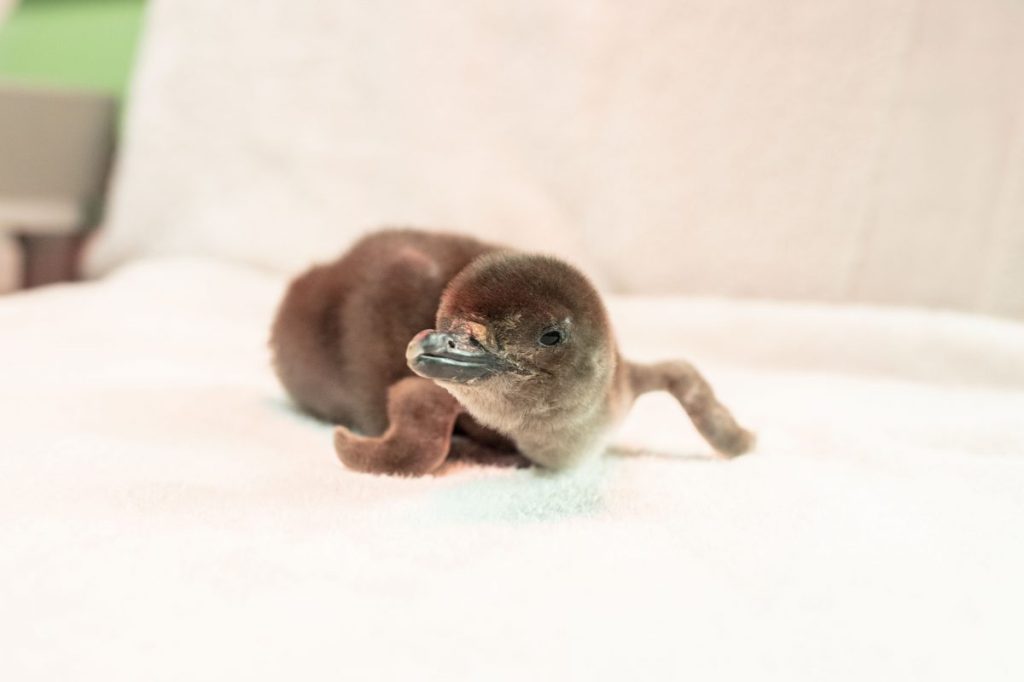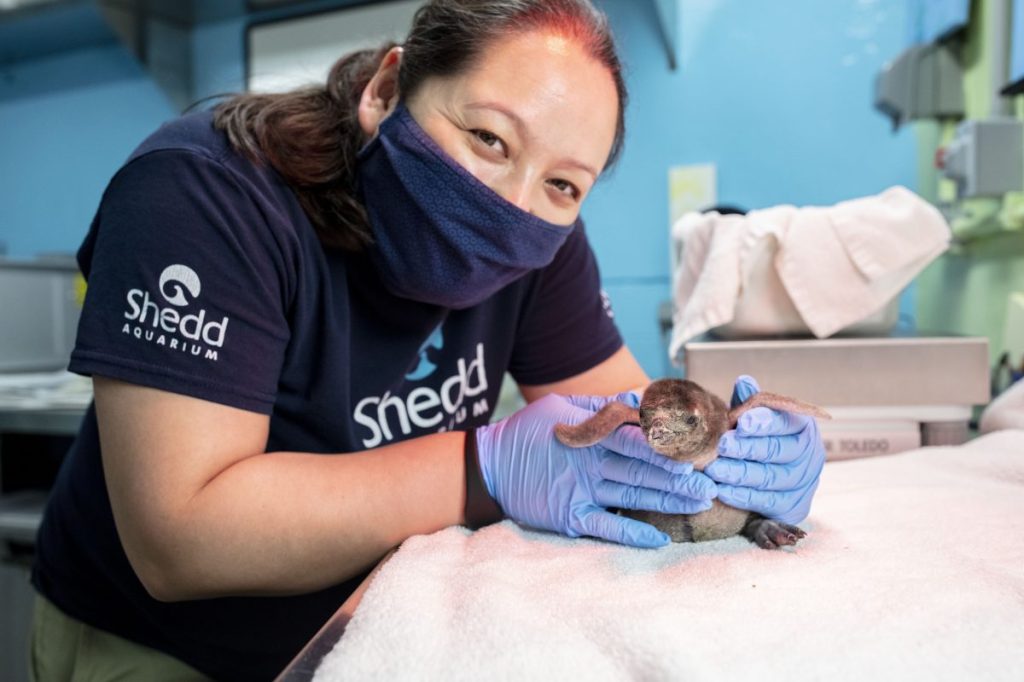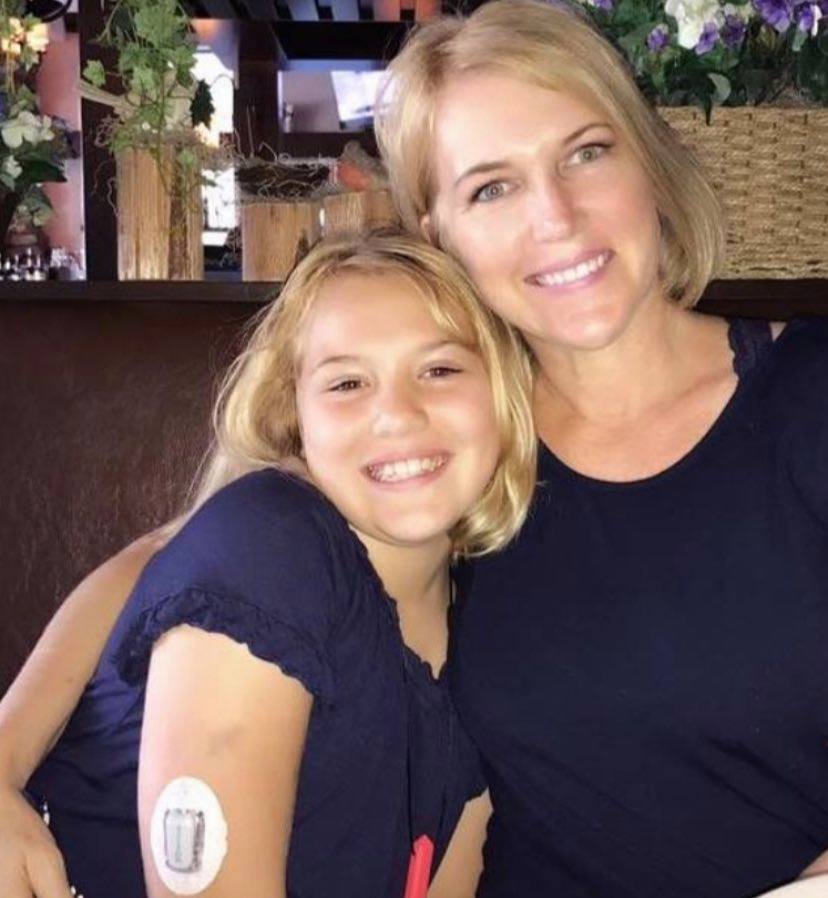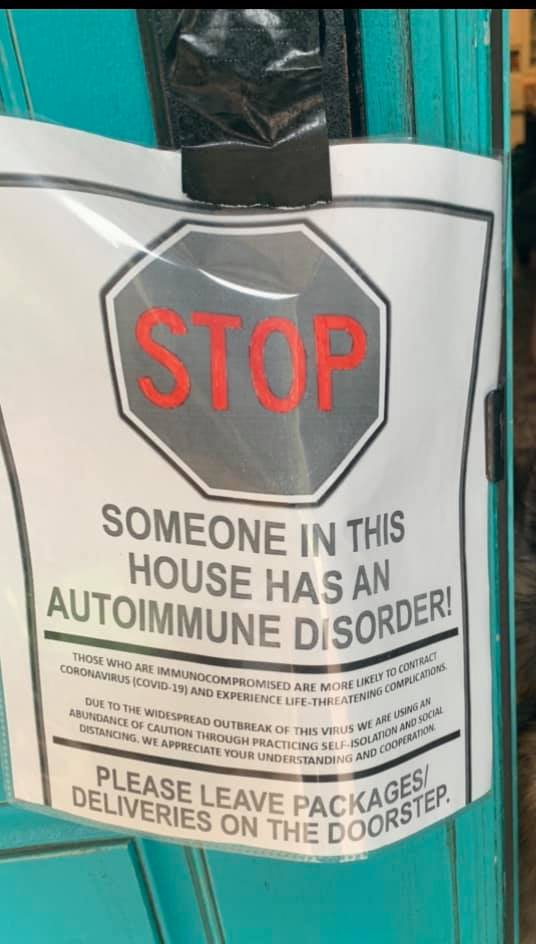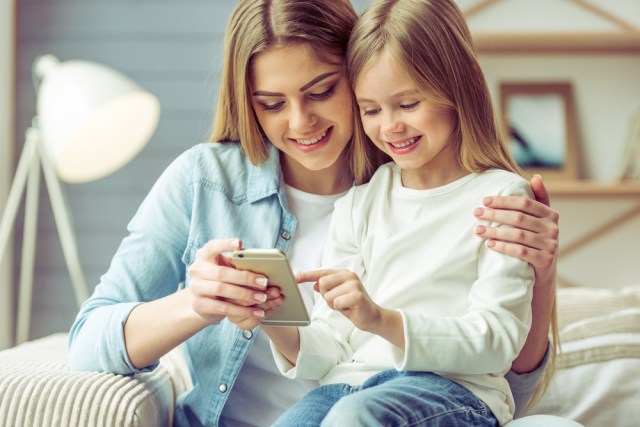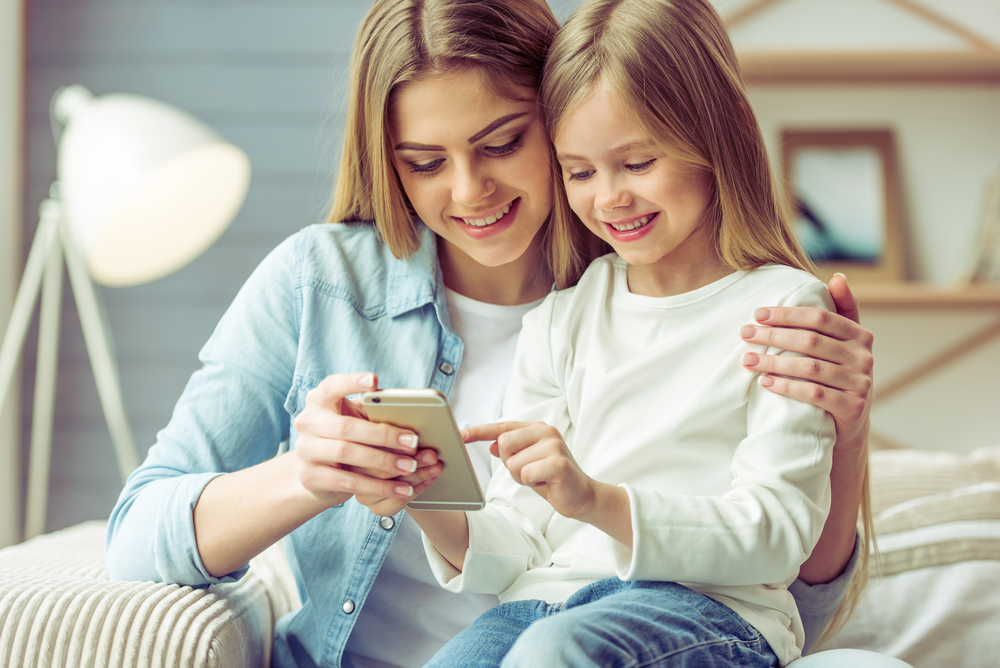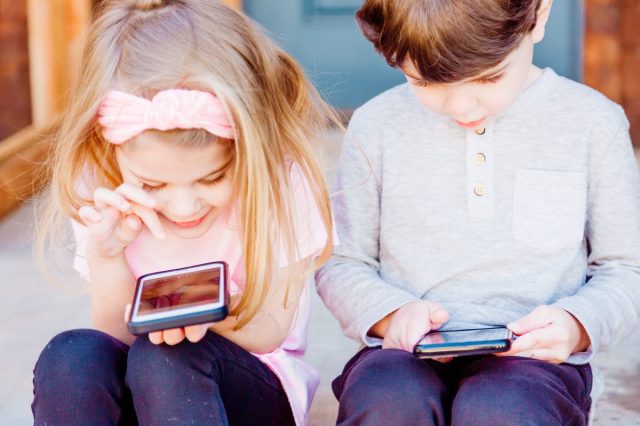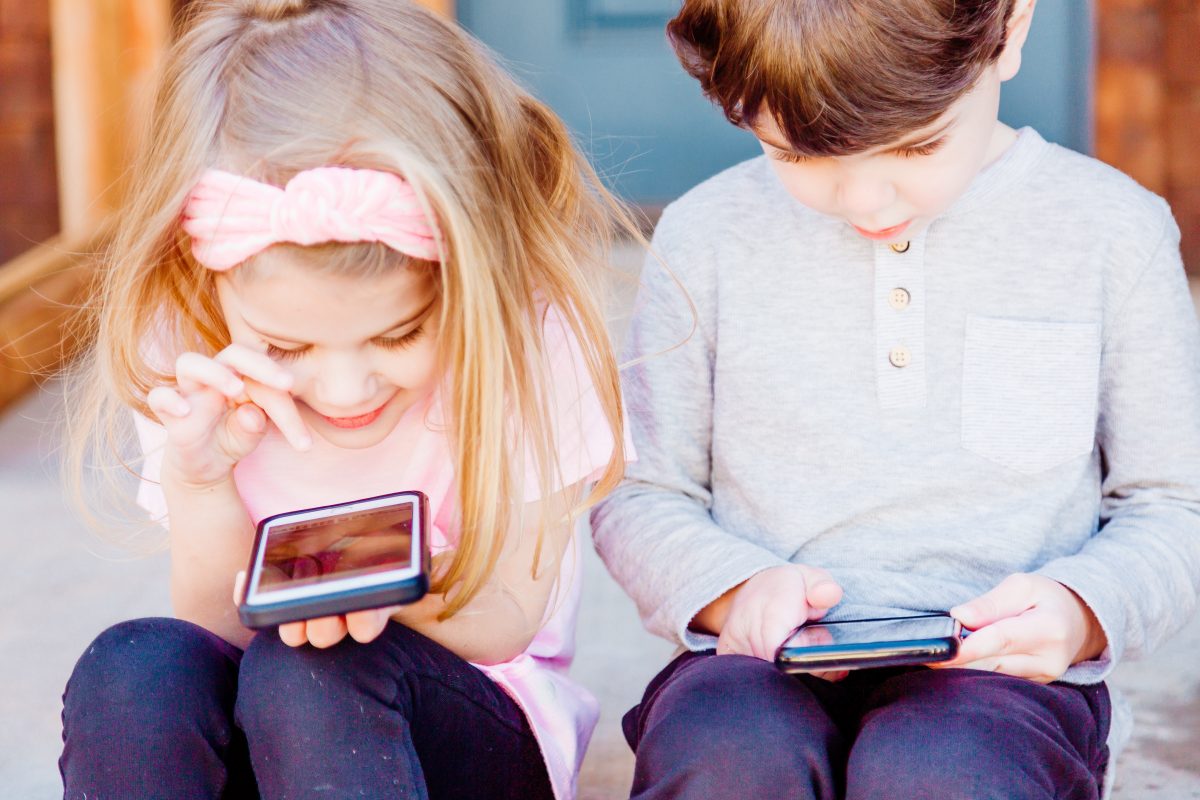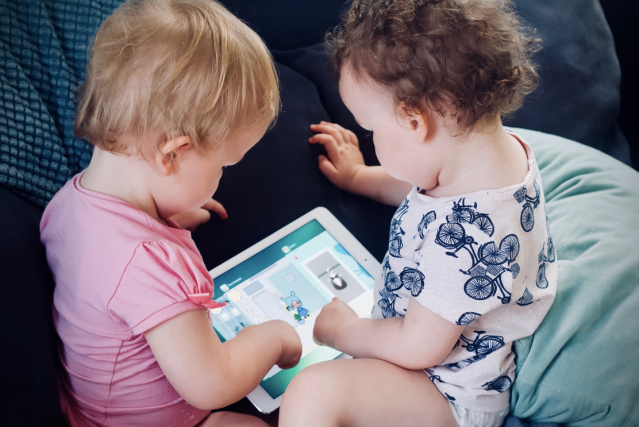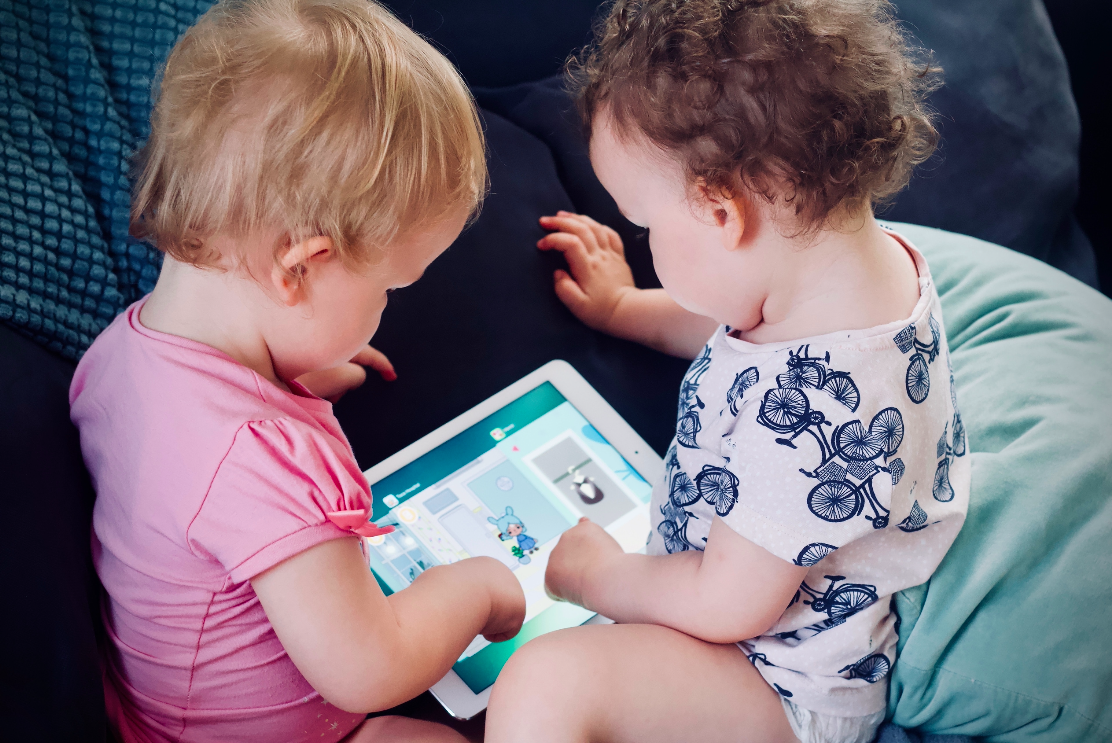Let’s be real. When you have your own business and you work from home AND you have a baby…there will be A LOT of days where you only get work done during naptime. “Work while baby sleeps” is a real thing and you can be surprisingly productive during this time. While some naps are better than others, if you have the right setup (and mindset), naptime can be a time to grow your business significantly.
As a mother who worked from home through two babies (and little help), here are my absolute favorites and also my work from home must-haves. From the coziest sweatshirt to a great baby monitor, here is what got me through the many naptimes when work was calling.
1

Infant Optics Video Baby Monitor DXR-8
Keep taps while you work during naptime. A must have.
$165.99A great monitor is so worth the investment. I can be at peace working away during the baby's nap, if I have a great monitor. A video is so helpful and one with a microphone so you can talk to baby from your office is also great. This monitor was our favorite.
BUY NOW2

Strong As A Mother Coffee Mug
A great coffee mug can sometime make or break your work day.
$6If you're having a tough day trying to work and watching your baby, sometimes a great mug is all you need (and great coffee). This is one of my favorites to remind me that I will get through it!
BUY NOW3
Women's Crewneck Fleece Pullover - A New Day
The coziest work from home sweatshirt ever.
$20This has been my go-to work from home sweatshirt for AGES. The fit is amazing, the have such fun colors and it's just so comfy.
BUY NOW4
Logitech H390 USB Wired Headset
Block out the baby screaming on calls with a great headset.
$20.99When you work from home and take a lot of calls, you need a great headset. Not only do clients appreciate the great sound, but it helps when baby is screaming in the background.
BUY NOW5
Ingenuity InLighten Twinkle Tails Bouncer
Place baby in a great bouncer by your desk. Best WFH hack ever.
$59.99 BUY NOWThere are so many times when you have to get work done and the only solution is to put your baby beside you in a great bouncer. This was our favorite and works like magic every time.
